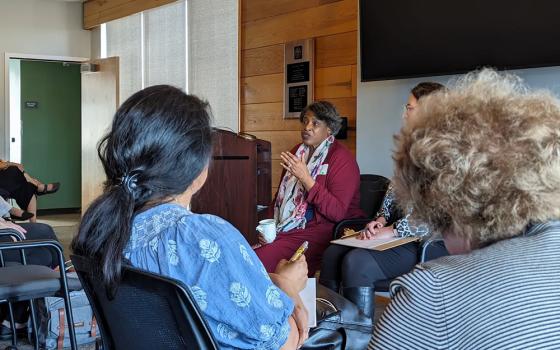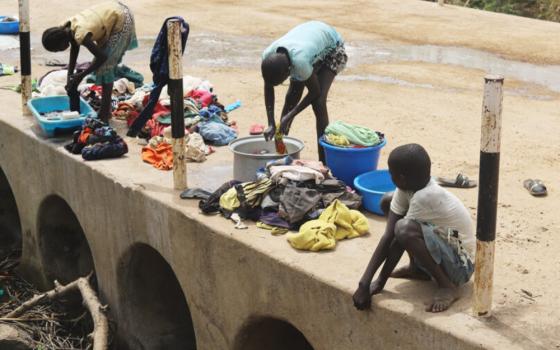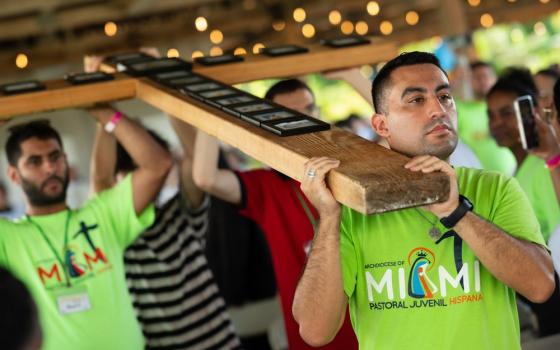In 1994, NPR assigned a team of reporters to document possible solutions to the world's greatest environmental crises. Alan Weisman found Gaviotas, a Colombian village started in 1971 in the barren, rain-leached eastern savannas. He wrote a book about it in 1998, Gaviotas, A Village to Reinvent the World.
Gaviotas visionary Paolo Lugari pulled physicists, inventors, indigenous farmers, machinists, plant biologists, electricians, teachers, street children and medical doctors into his scheme to develop a sustainable community on inhospitable land. He gave everyone impossible tasks, and together they built a technology that bridged the gaps between what the countryside had to offer and what the people needed to survive.
The climate is rainy with only light wind, and clean water lies deep in the aquifer, so they designed sensitive solar collectors, delicate wind mills and plastic sleeve pumps children can operate on teeter-totters. The local indigenous people needed health care but hated the cement-block clinic, so a young architect designed an open, energy-efficient hospital that won acclaim as one of the 40 most important buildings in the world. Designs for solar kettles that yield clean drinking water, water pumps, and the hospital itself are included in the book.
The soil of the savanna is heavy with aluminum, so food is grown in hydroponic gardens. Experiments in 1982 suggested that pine trees would grow on the millions of acres of grassland. Villagers planted 10,000 seedlings the first year. They turned out to be sterile, so they didn't invade the native ecology. By 1990, they were yielding high-quality rosin, an unanticipated cash crop. And in the shelter of the pines, the native rainforest has regenerated itself. This was all a surprise to the inhabitants, who were driven by need. They began only with the goal of finding something, anything, that would grow.
Weisman's book tells about people who burned out, technology transfers that failed, and the absence of investment capital to develop and market Gaviotas inventions. But some of the burned-out inventors returned years later, sustainable technologies continue to accumulate, and Gaviotans aren't sure they want success in the global market. Gaviotas is a remarkable illustration of what the concept "sustainable" really means.
The backdrop for development of the village was a brutal war, fueled by political machinations, high-tech weapons, the drug industry and the desperation of the poor. The cruelty of la violencia and la guerra sucia ("the violence" that began in 1948 and "The Dirty War" of the '80s and '90s) blocked the development of Gaviotas, and its horrors limited the community and, at the end of Weisman's book, threatened destruction.
Then the war ended. Gaviotas has a website that describes its continued growth and praises its community. The site includes lots of photos and advertises its solar collectors, hot-water heaters, mild breeze windmills, low-energy deep-well pumps, resin and other bioproducts from the pine trees.
Gaviotas has many friends telling its story. Yes magazine published a long account of the village in 2010. Gunter Pauli has a wonderful account on YouTube.
We could be like Gaviotas. We could make our cities sustainable. We have different environmental crises -- sprawl; dirty air; the promise of hotter, wetter/drier summers; capital flight; industrial flight; racism; sectarianism; a big gap between the rich and the poor. But we have inventors, industrial capacity and need.
I think our biggest trouble is our lack of trust, our lack of hope. To make our cities livable, we'd have to invest our hearts the way Lugari did. The people would follow, and then, perhaps, political will and the dollars.







